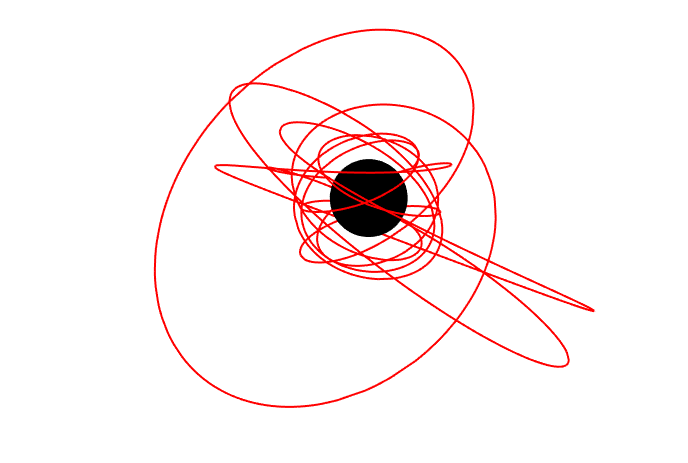EMRI Search and Inference within the LISA Global Fit - Part I
APC

When compact objects such as neutron stars or stellar-mass black holes venture into the vicinity of giant black holes, they can form highly asymmetric and strongly relativistic binary systems known as extreme-mass-ratio inspirals (EMRIs). EMRIs are some of the most promising gravitational-wave sources that the upcoming space mission LISA might observe, but also some of the most difficult to model, detect and characterise.
The aim of this workshop is to bring together experts in EMRI science and LISA data analysis, to assess the state of the art in the field and to further develop plans for the optimal extraction of science from such sources. The workshop will focus mainly on data analysis techniques for EMRI search and inference in the broader context of the LISA global fit, but will naturally extend to adjacent topics such as the construction of accurate and efficient waveform templates, and the impact of astrophysical environments on EMRI modelling and interpretation.
We acknowledge the support of the Université Paris Cité - National University of Singapore research grant (IdEx code ANR-18-IDEX-0001).
